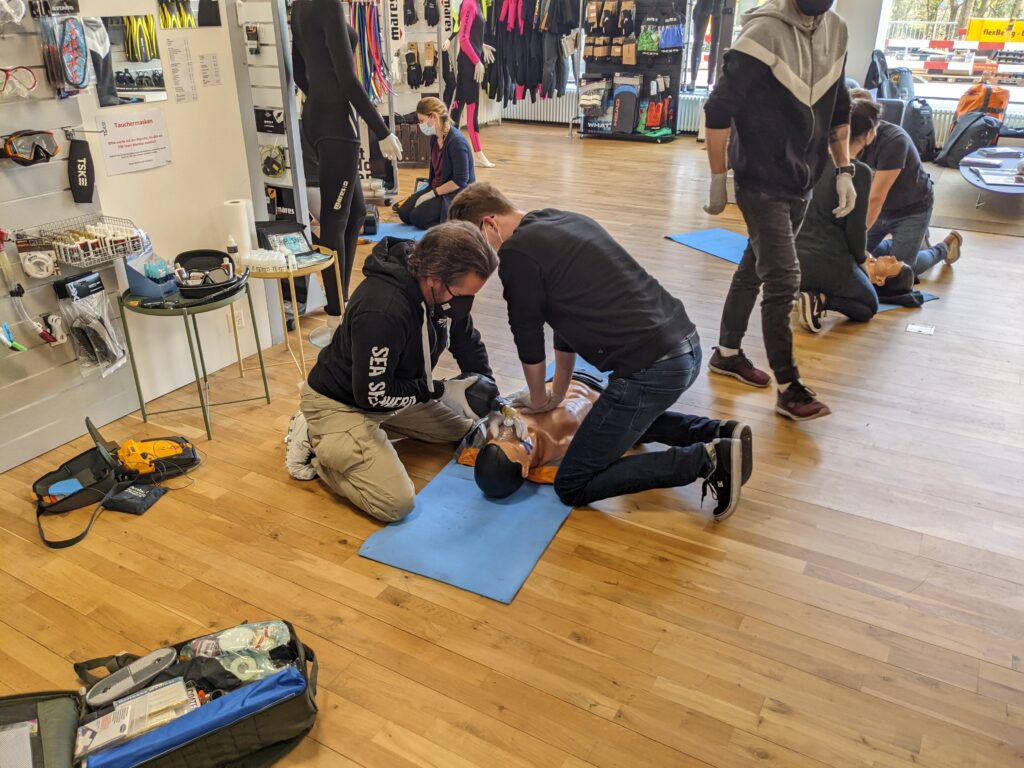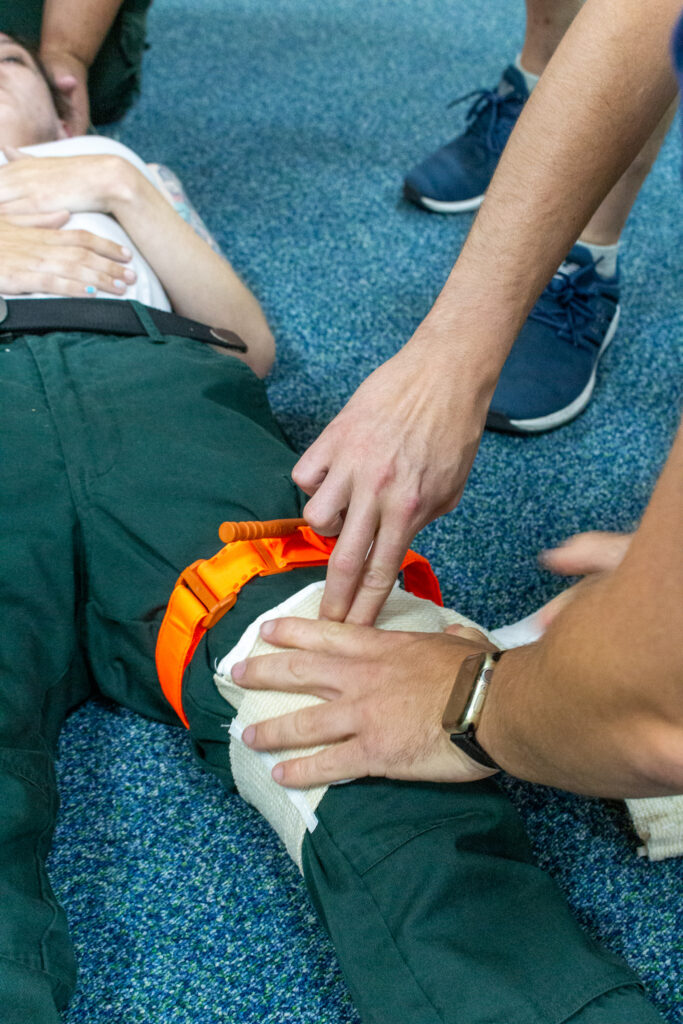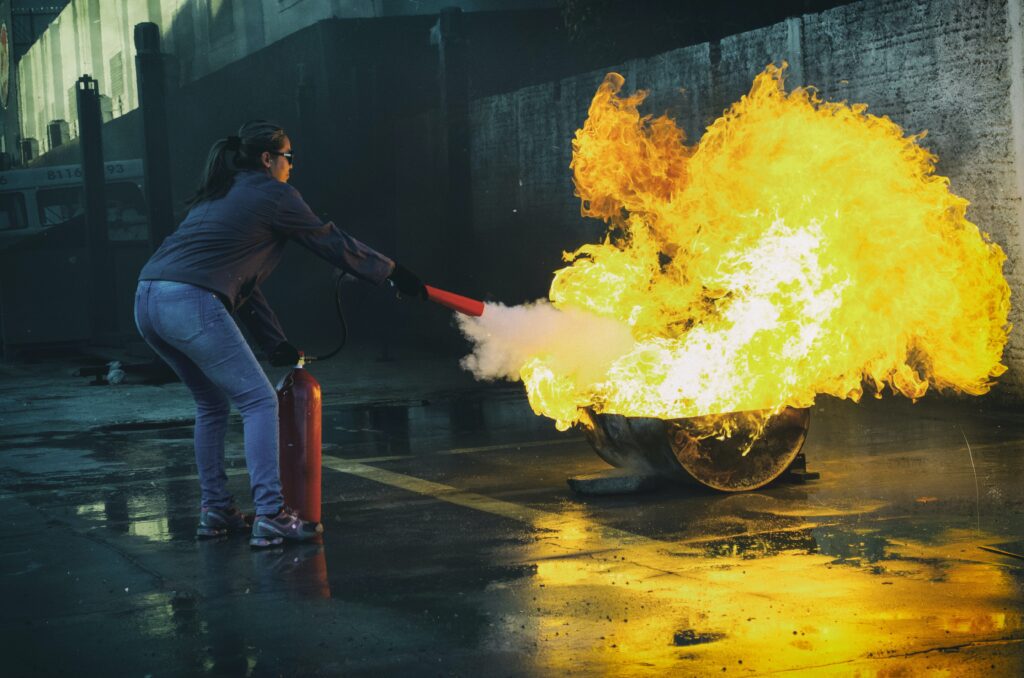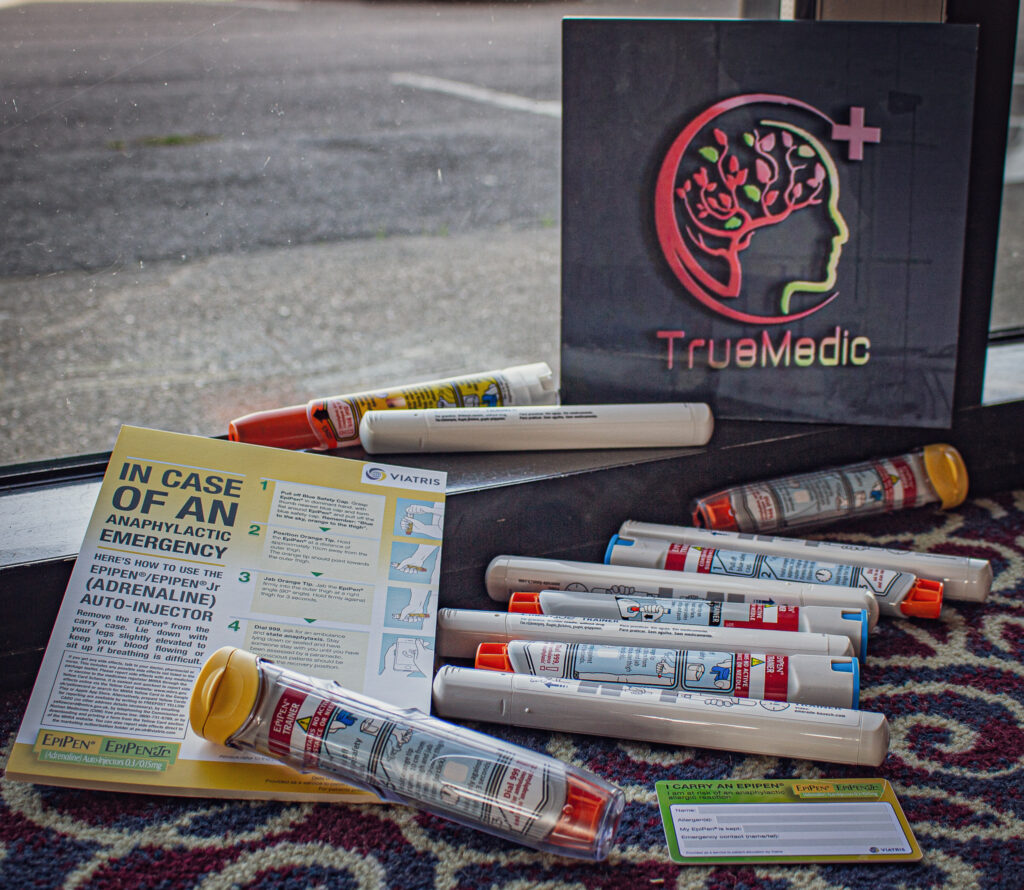Taking care of elderly patients requires special handling. The body of an older adult is delicate and fragile. Therefore it should be handled with extra care when moving them to different locations or helping them perform basic mobility activities. Moving elderly patients correctly and safely is an essential skill to learn if you are a caregiver. Not only do you need to understand the process, but it also requires patience, empathy, and the right tools! When moving with the patient, it is essential to be aware of their personal safety, as well as the safety of those around them.

Lifting someone incorrectly can cause pain, injury, and even death if not done correctly. From small tasks like helping them walk to transferring them from one place to another or providing support when they need to stand up, proper counselling and guidance are essential. This blog post will discuss best practices regarding moving and handling elderly patients. Let’s dive in!
Techniques That Help In Safe Move, Lift, And Handling of Elderly Patients

We all have seen older adults who require help in even the most basic activities. It is essential to understand that special techniques must be employed when moving and handling them.
These special techniques ensure their safety and ensure they do not experience any discomfort while being moved or handled.
1. Understand Their Mobility
Before attempting to move any elderly patient, it is essential to understand their mobility level. Some patients may be able to walk but require assistance, while others may not be able to move at all and must be carried with the help of special equipment like wheelchairs or walking aids. Mobility is not limited to walking only. It also includes the ability to sit, stand and turn their bodies. For many elderly patients, moving from a lying position may be challenging due to their fragile bodies.
Some may require special accommodations like a lift chair for sitting and standing. As a beginner, studying your patient’s mobility and limitations is the first step in elderly care.
2. Assess the Area
The area of movement can also significantly impact how you move your patient. Dangerous stairs and narrow spaces should be avoided at all costs. It is best to plan the movement route before you begin and ensure it is free from obstacles.
If you need to move your patient through a narrow space or downstairs, ensure adequate assistance is available from both sides.
3. Bend Your Knee, Not Your Back
Legs are much stronger than the back and, thus, should be used for lifting elderly patients. Bending at your knees and keeping your back straight is essential to avoid strain on the lower back.
When transferring patients from a bed or chair to a wheelchair, ensure you get help from an attendant or family member if available. If you bend your back while attempting to lift the patient, it can result in serious injuries. [1]
4. Use a Mechanical Lift
Mechanical lifts assist in moving or transferring patients from one place to another. They are convenient and easy to use, and you don’t have to worry about straining your back. However, it is essential to ensure that the patient is comfortable and secure from a mechanical lift.
5. Use Special Devices
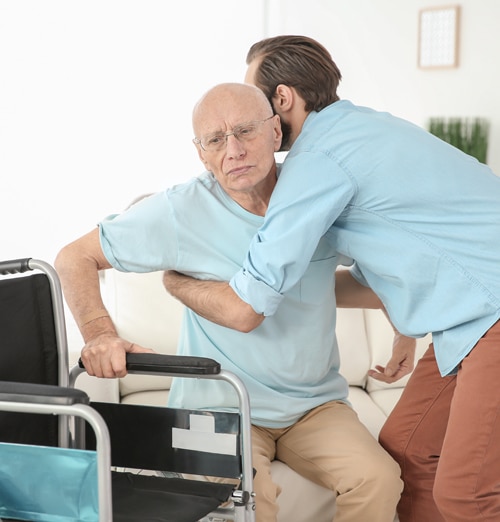
As elderly patients cannot support themselves, special devices such as gait belts and slings can assist with movement. Gait belts help transfer the patient’s weight from the caregiver to the patient and, thus, make it easier for them to move.
However, slings and other devices should be used cautiously as they can cause discomfort or even injury if not used properly. Often, elderly patients can become agitated or anxious during such transfers, and it is crucial to remain calm and gently talk to them.
6. Stay Close To The Patient
When moving and handling elderly patients, it is important to remain close to them. This helps you keep an eye on their movements and makes them feel safer and secure.
Ensure that your arms are firmly placed around the patient’s waist or shoulders so they do not slip from your grip while moving. Don’t force them to move in any uncomfortable way, as it can cause more harm than good.
7. Lift The Patient by the Hips
When transferring an elderly patient from a bed to a wheelchair, make sure you lift them by their hips instead of the arms or torso. This will help them feel more comfortable and secure during movement. It is also important to remember that their fragile bones need extra attention and care while moving, so be gentle throughout the transfer process. Hips are the most vital part of the body, and using them instead of arms or shoulders to lift can help prevent injuries.
8. Keep Your Abdominals Tight And Wrist Straight
The major mistake caregivers make while handling elderly patients is not maintaining the proper form. Abdominals should be kept tight, and wrists should remain straight. This helps to keep your back in the correct posture and prevents straining it. The weight of elderly patients should be distributed evenly and not concentrated in any area. If you think you can’t handle them, call for help and let someone else assist you. [2]
9. Be Patient And Reassuring
Elderly patients often become anxious or scared when moving from one place to another, especially if they suffer from limited mobility. It is essential to remain patient and reassuring during the entire process, as it will make them feel safe and secure. Talk to them in a calming tone, and try to make them understand why the move is necessary. This can help reduce fear and resistance, making it easier for caregivers to handle them.
10. Always Communicate and Look For a Reaction

Communicating with the patient and looking for their reactions is essential. Before attempting any movement, you must know their physical and mental condition.
Encourage them by talking to them gently, and make sure they understand your instructions clearly. Listening carefully to the patient and anticipating their needs can help make the transfer process smoother and more comfortable for them.
Just like Basic First Aid Knowledge is essential for emergency responders, proper training in moving and handling elderly patients is necessary for anyone in the healthcare or home care industry. It isn’t enough to just be able to move a patient physically; you need to be aware of potential risks and employ specific techniques that make the process safe and comfortable for you and your patient.
Some Dressing Tips That Help While Handling Elderly Patients

It is essential to know good practices for moving, lifting, and handling elderly patients. In addition to providing for their safety and comfort, dressing appropriately can help make the process easier.
Firstly, wear comfortable and non-restrictive clothing that allows for freedom of movement. Clothing should be light in colour and free from fasteners such as buttons or zips, which could snag on bedding or furniture.
Secondly, it is essential to have a good grip when handling patients. This can be achieved by wearing loose-fitting gloves with a non-slip surface like rubber. Gloves are also beneficial for hygiene reasons and will help protect against any cuts or grazes on the patient’s skin.
It is also essential to wear comfy shoes with good grip capabilities, especially when assisting elderly patients with transfers. Shoes should be low-heeled and light in colour to pick up on any spills or accidents which may occur during the process. The canvas-type shoes with rubber soles are ideal for avoiding slips and trips.
Finally, ensure that your clothing is neat to promote a professional image when dealing with elderly patients. These Basic Principles Of Moving And Handling People Safely should be kept in mind to ensure safety, comfort, and dignity while moving, lifting or handling elderly patients. You can make the process enjoyable for both parties with the right approach, techniques, and attire. TrueMedic Ltd offers a professional people handling training course. If you want to learn the correct way and techniques of moving and handling elderly patients, register yourself and earn a Level 2 Award in Moving & Handling people safely.
FAQs
1. Can a belt with a handle be used to help lift the elderly?
Yes, you can use a belt with a handle to help move and lift the elderly. It is important to ensure that the person being lifted is securely fastened into the belt with a secure grip on both sides of their body. Doing so will provide extra support when lifting or moving them from one place.
2. Is twisting the body helping with the lift?
No, twisting your body is not recommended when lifting or moving elderly patients. Twisting can cause unnecessary strain on the lower back and could lead to an injury. Always ensure that you stand in a strong and stable position before physically moving with an elderly patient.
3. What if the patient’s weight is too heavy?
If the patient’s weight is too heavy, it’s essential to use additional support such as a lift chair or hoist. This will provide extra assistance and reduce the risk of injury for the carer and the elderly patient. It’s also important to remember that team lifting should always be used when possible.
References:
[1]https://www.nhs.uk/conditions/social-care-and-support-guide/practical-tips-if-you-care-for-someone/how-to-move-lift-and-handle-someone-else/
[2] https://www.hse.gov.uk/healthservices/moving-handling.htm


